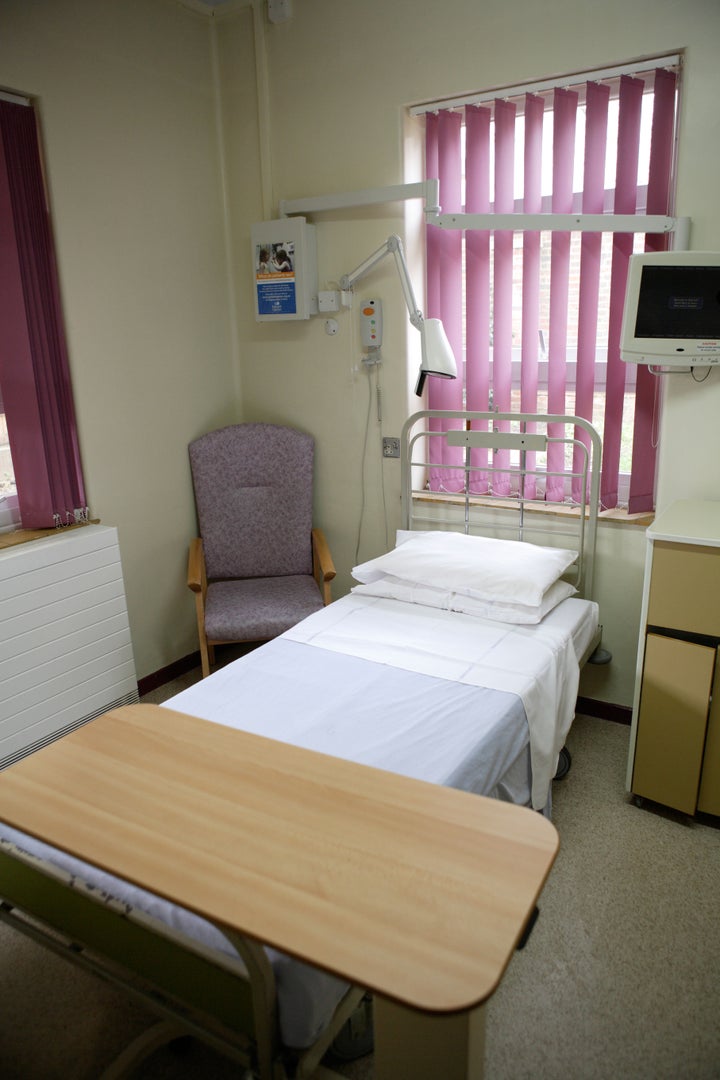
A hospital is a place of healing, but a new small study shows that drug-resistant bacteria may be lurking in some hospital rooms.
Researchers from the University of Maryland School of Medicine found Acinetobacter baumannii, a drug-resistant bacteria known as MDR-AB, in 48 percent of hospital rooms tested in their study.
"For patients with MDR-AB, the surrounding environment is frequently contaminated, even among patients with a remote history of MDR-AB," researchers wrote in the American Journal of Infection Control study. "Surfaces often touched by health care workers during routine patient care are commonly contaminated and may be a source of nosocomial spread."
Researchers tested surfaces in 50 hospital rooms between October 2008 and January 2009 for MDR-AB, MSNBC reported.
They found that 20 percent of supply carts, 16 percent of floors, 14 percent of infusion pumps and 11.4 percent of ventilator touch pads were contaminated with the bacteria, according to the study.
The study demonstrates that seemingly clean surfaces could actually be dirty, infection control expert Russell Olmsted, who wasn't involved in the study, told MSNBC.
MSNBC explains:
Acinetobacter baumannii poses a particular problem because it's a hardy strain that can survive for days, even months on inanimate surfaces, Olmsted said. Most hospital cleaners can disarm it, but crews must be careful to reach every spot -- especially those in high-traffic areas.
Acinetobacter baumannii can lead to pneumonia and bacteremia, as well as urinary tract infections, secondary meningitis and other kinds of infections, according to Medscape. Extremely ill people are the most likely to be infected with the bacteria, especially if their immune systems are depressed or they've suffered a major trauma or burn.
Recently, a study from University of Iowa showed that hospital curtains can harbor drug-resistant bacteria. In that study, 26 percent of curtain samples had MRSA, and 44 percent of them had the bacteria Enterococcus.